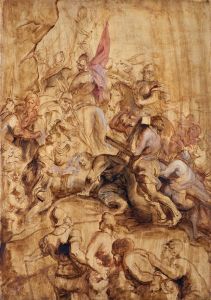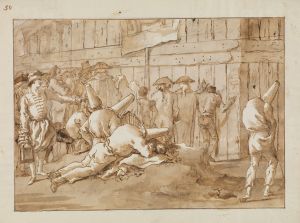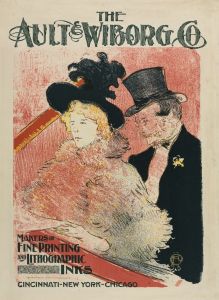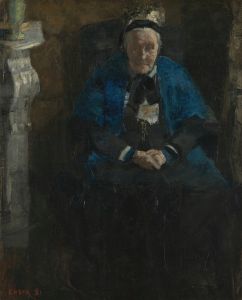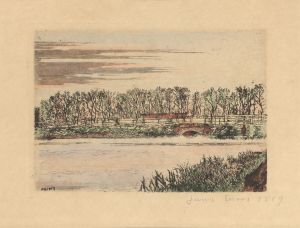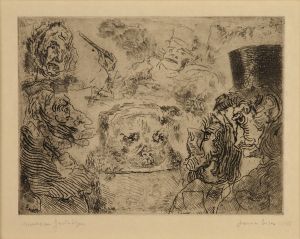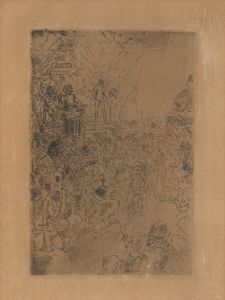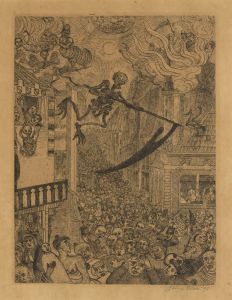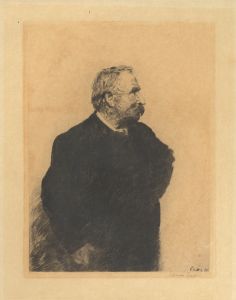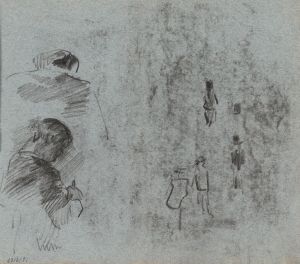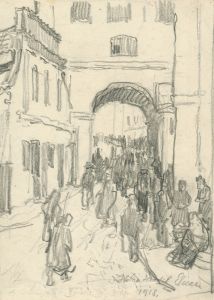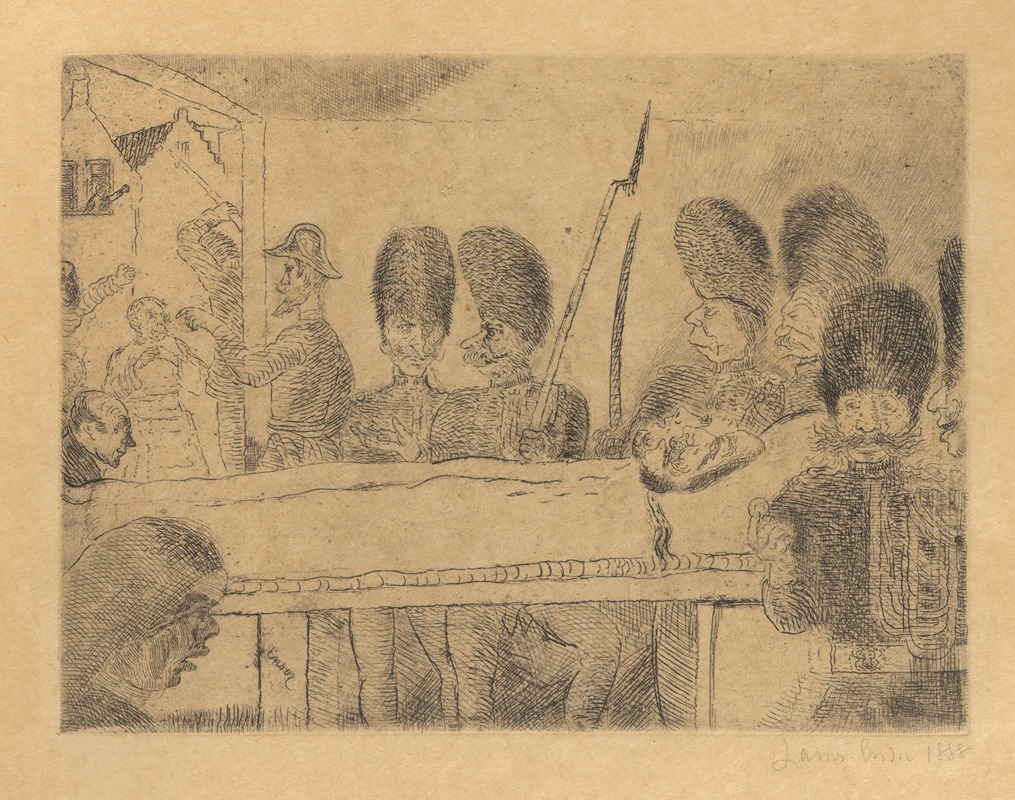
De gendarmes
A hand-painted replica of James Ensor’s masterpiece De gendarmes, meticulously crafted by professional artists to capture the true essence of the original. Each piece is created with museum-quality canvas and rare mineral pigments, carefully painted by experienced artists with delicate brushstrokes and rich, layered colors to perfectly recreate the texture of the original artwork. Unlike machine-printed reproductions, this hand-painted version brings the painting to life, infused with the artist’s emotions and skill in every stroke. Whether for personal collection or home decoration, it instantly elevates the artistic atmosphere of any space.
"De gendarmes" is a painting by the Belgian artist James Ensor, created in 1891. Ensor is known for his unique and often provocative style, which combines elements of realism, symbolism, and expressionism. His works frequently feature grotesque imagery, masks, and skeletons, reflecting his fascination with the macabre and the absurd.
James Ensor was born in 1860 in Ostend, Belgium, where he spent most of his life. He was a central figure in the Belgian avant-garde movement and a member of the influential group Les XX (The Twenty), which included other notable artists such as Théo van Rysselberghe and Fernand Khnopff. Ensor's work often challenged conventional artistic norms and explored themes of mortality, satire, and the human condition.
"De gendarmes" depicts a group of gendarmes, or French police officers, in a scene that is both humorous and critical. The painting is characterized by Ensor's distinctive use of vibrant colors, bold brushstrokes, and exaggerated forms. The gendarmes are portrayed with grotesque, mask-like faces, a recurring motif in Ensor's work that symbolizes the hypocrisy and absurdity he perceived in society.
Ensor's use of masks and grotesque figures can be traced back to his childhood experiences in his family's curiosity shop, which sold carnival masks, costumes, and other oddities. These early influences are evident in many of his paintings, where masks serve as a metaphor for the hidden truths and dualities of human nature.
"De gendarmes" reflects Ensor's critical view of authority and social conventions. The gendarmes, with their distorted features and theatrical poses, appear both comical and menacing, suggesting a critique of the power structures and societal norms of his time. Ensor's satirical approach is evident in the exaggerated expressions and the chaotic composition, which create a sense of unease and absurdity.
The painting is also notable for its technical execution. Ensor's use of color is particularly striking, with bold contrasts and a vibrant palette that enhances the surreal and unsettling atmosphere of the scene. His brushwork is dynamic and expressive, contributing to the overall sense of movement and energy in the composition.
"De gendarmes" is part of Ensor's broader body of work that explores themes of death, satire, and the grotesque. His paintings often challenge viewers to confront uncomfortable truths and question societal norms. Ensor's unique style and thematic preoccupations have earned him a significant place in the history of modern art, and his influence can be seen in the works of later artists such as René Magritte and the German Expressionists.
Today, James Ensor is celebrated as one of Belgium's most important artists, and his works are held in major museums and collections around the world. "De gendarmes" remains a powerful example of his ability to blend humor, critique, and technical skill to create thought-provoking and visually striking art.





